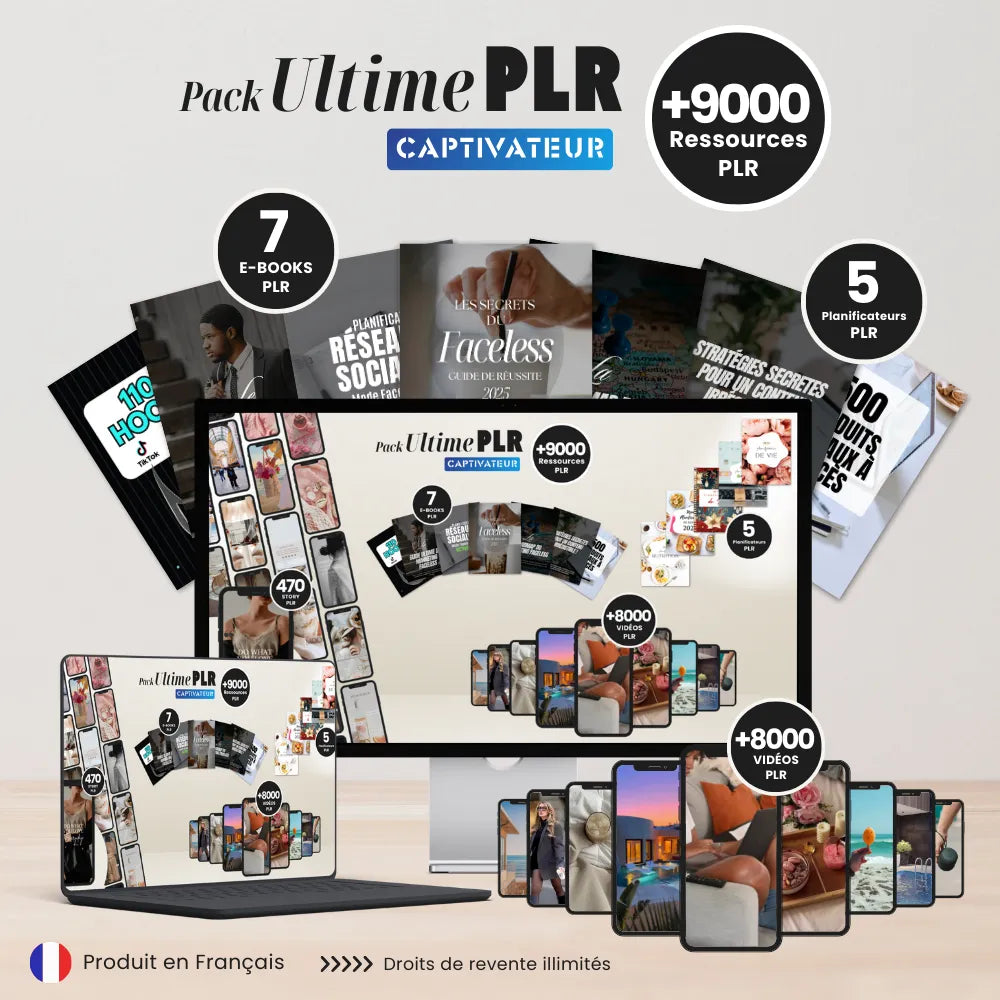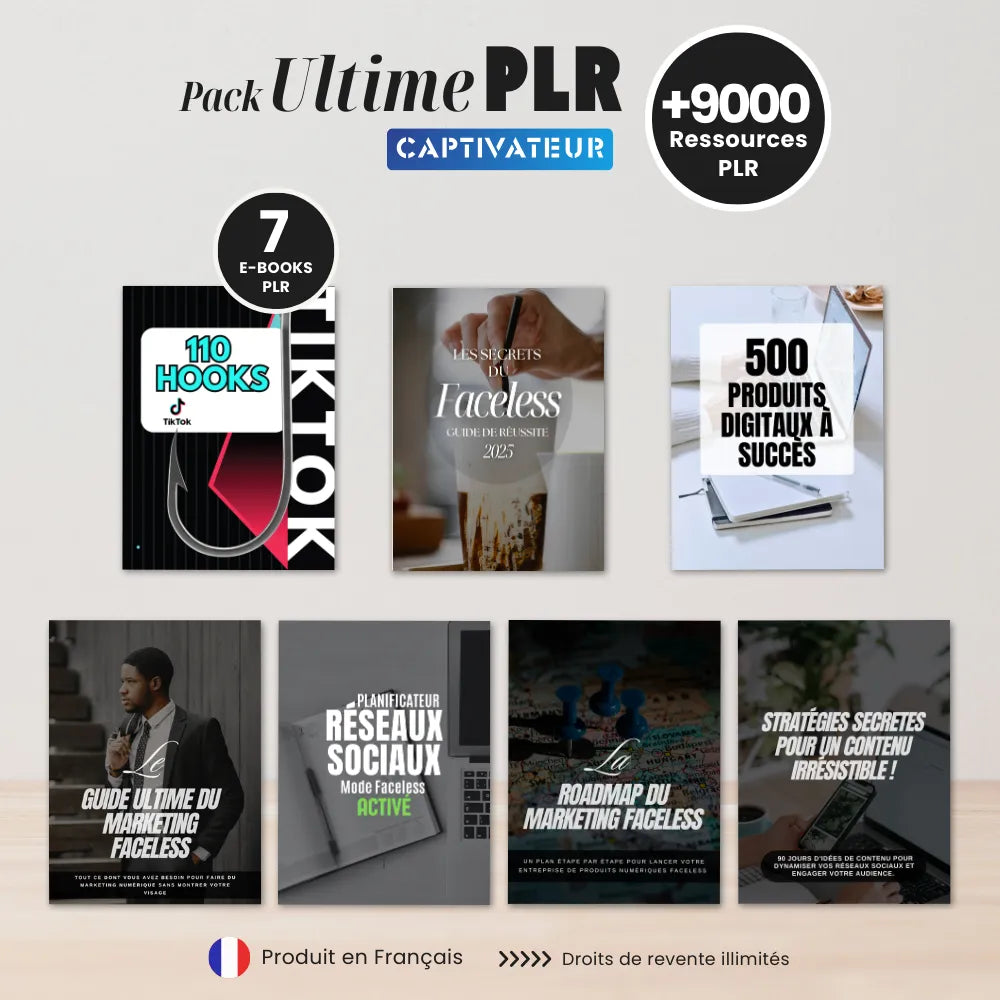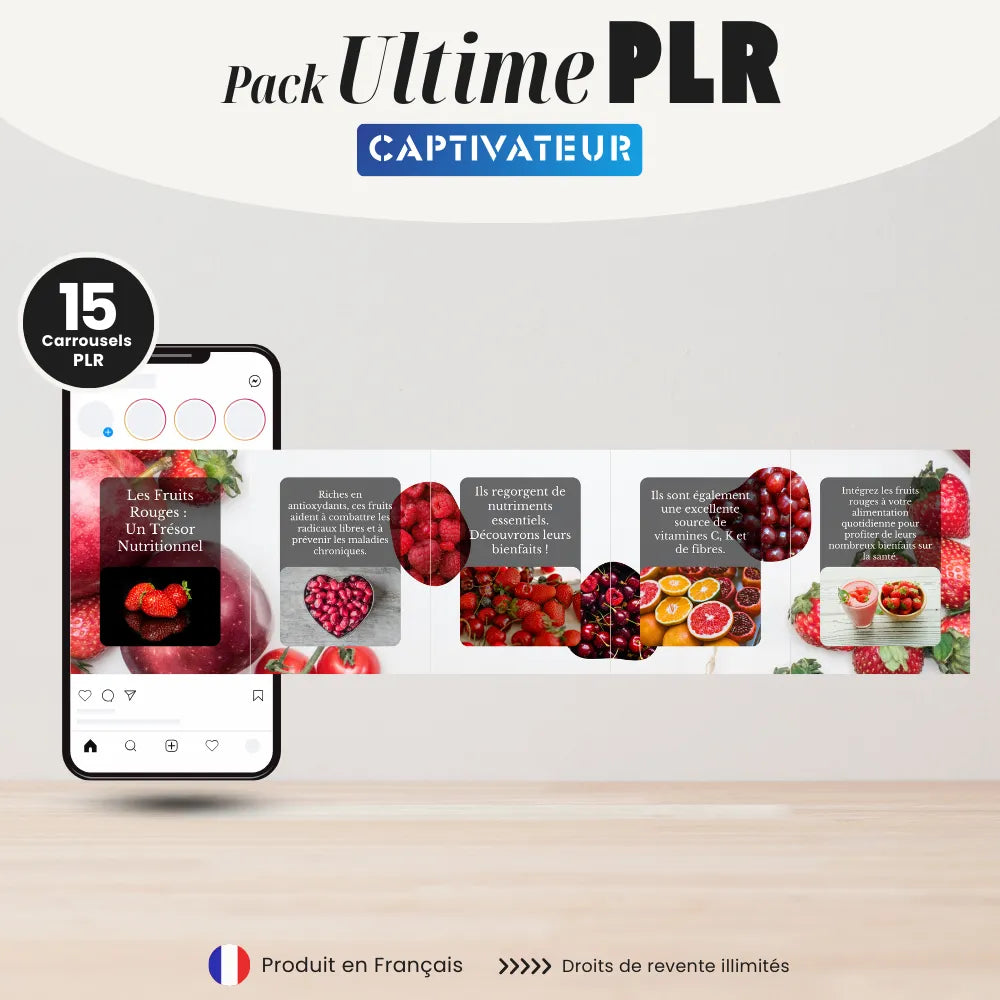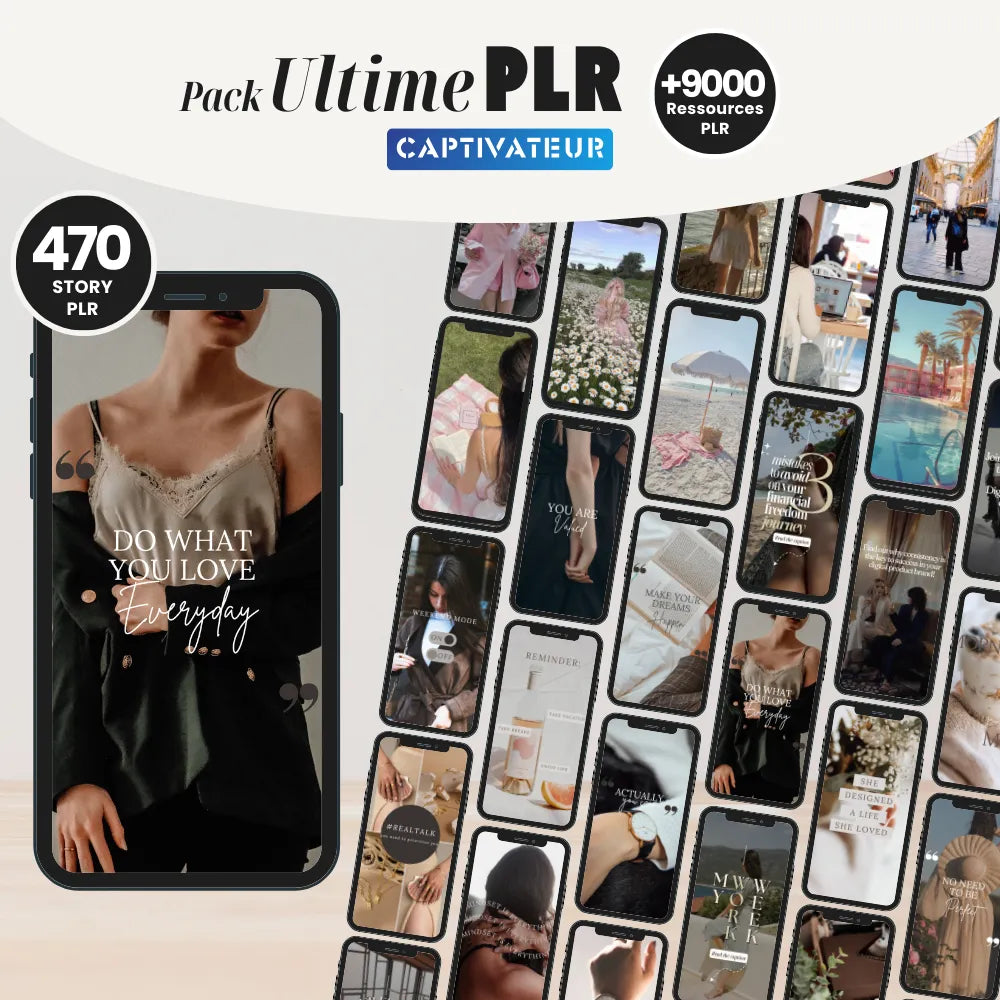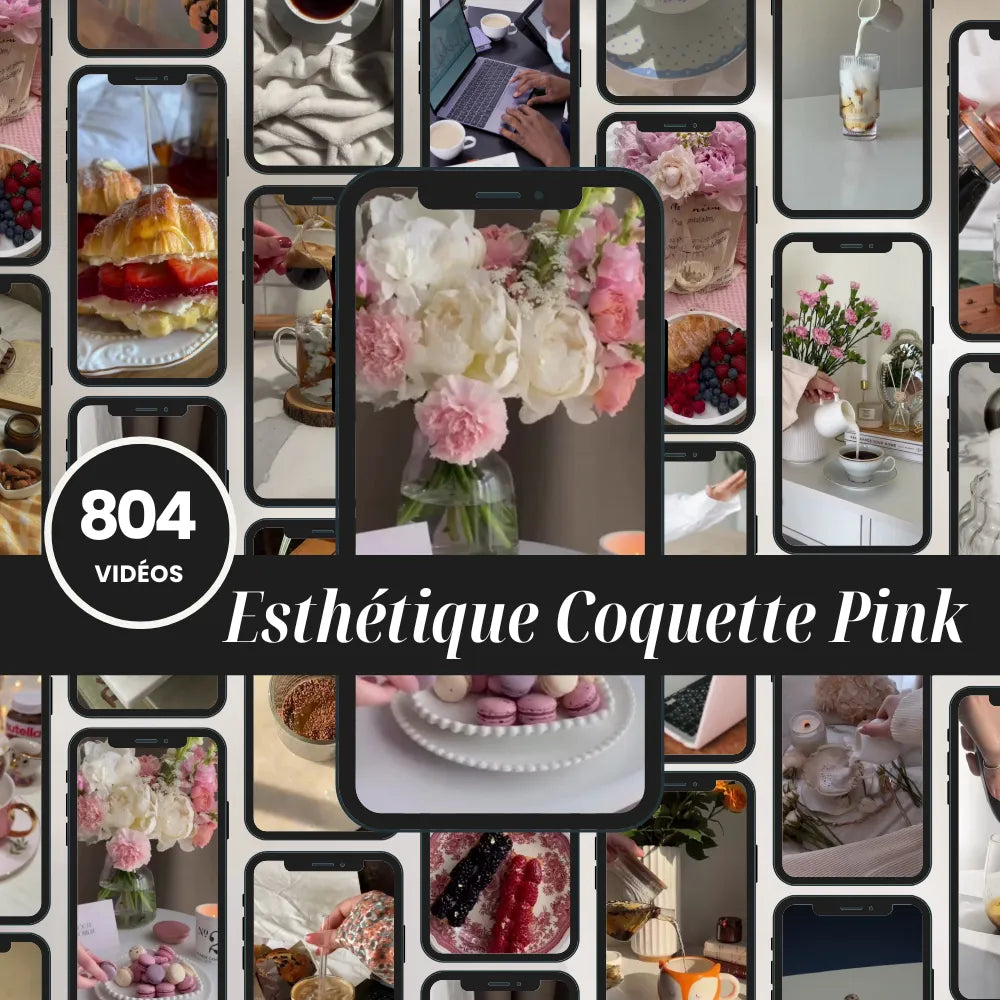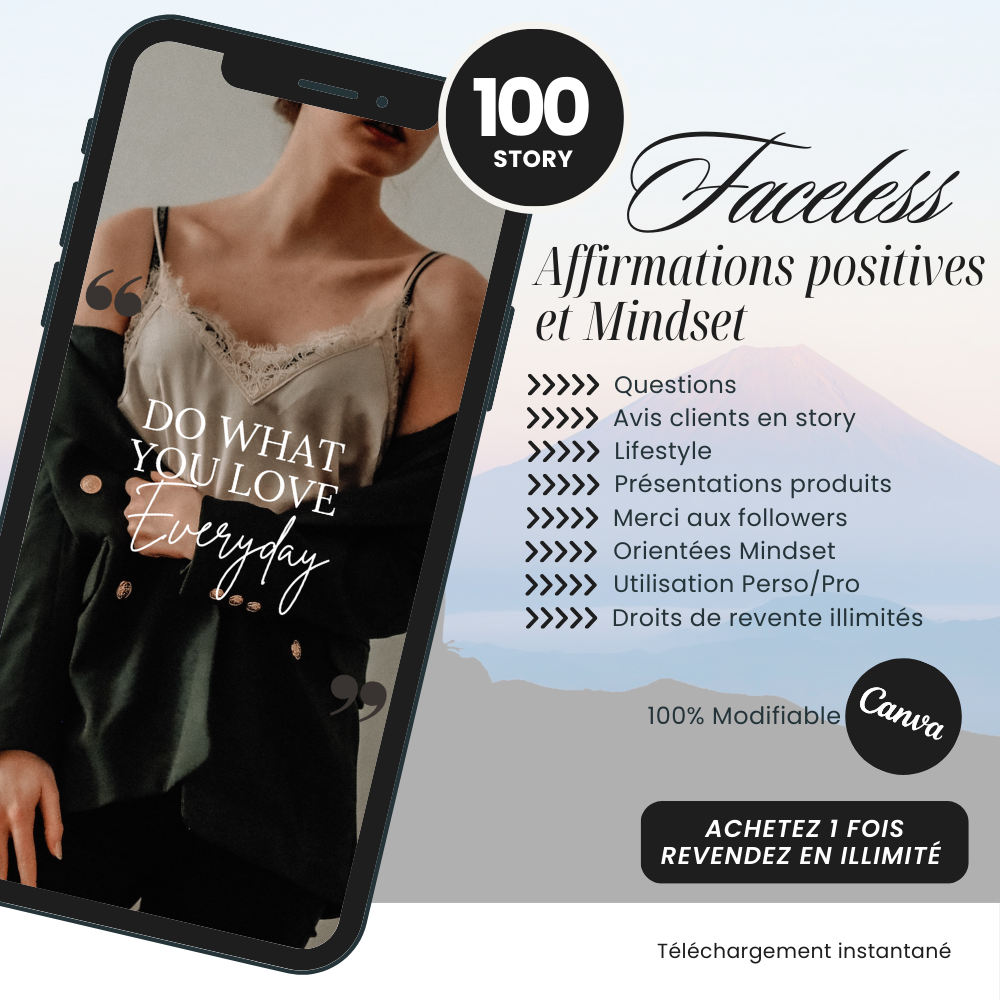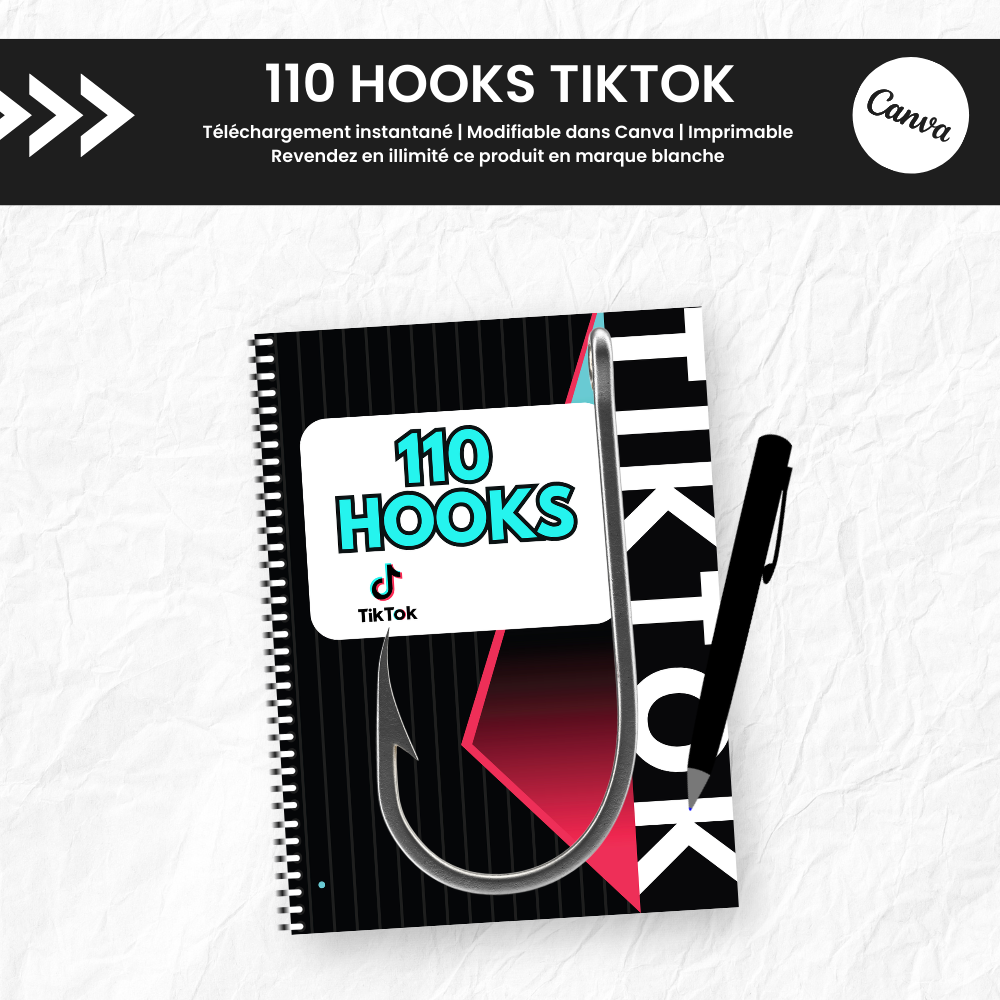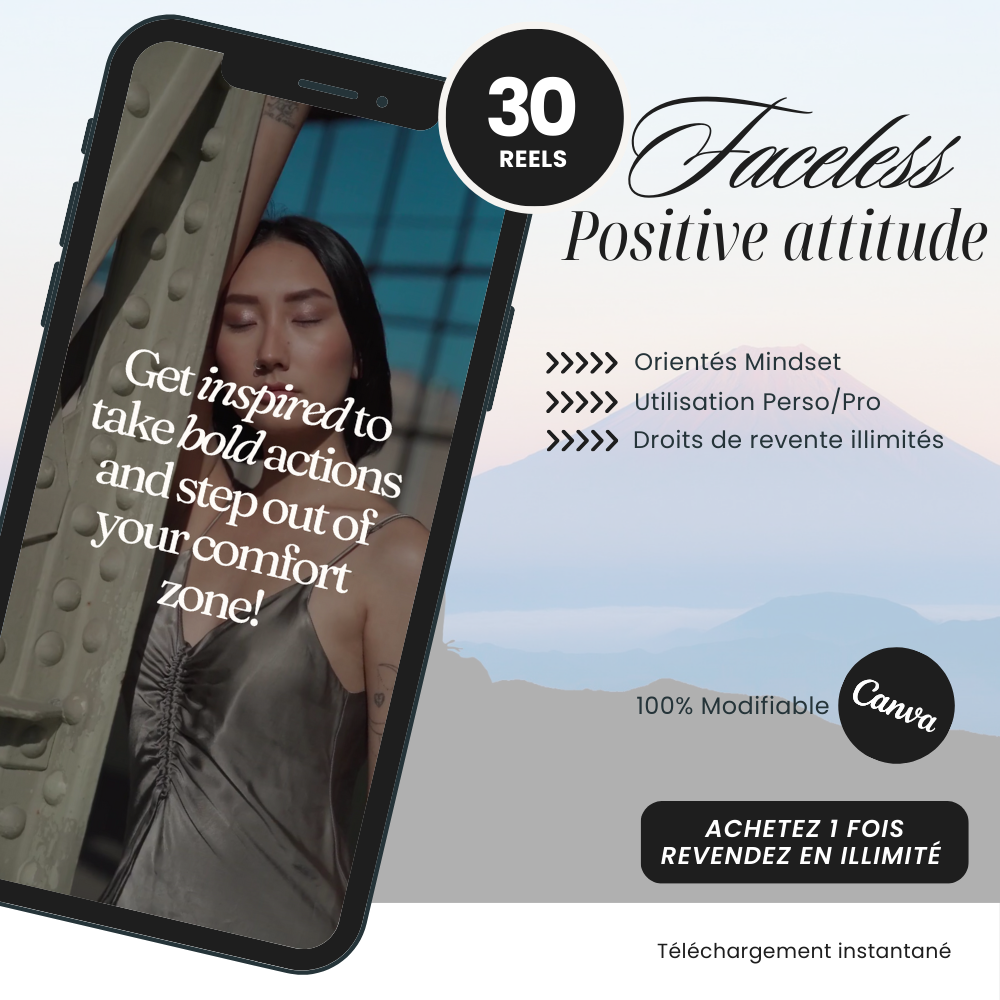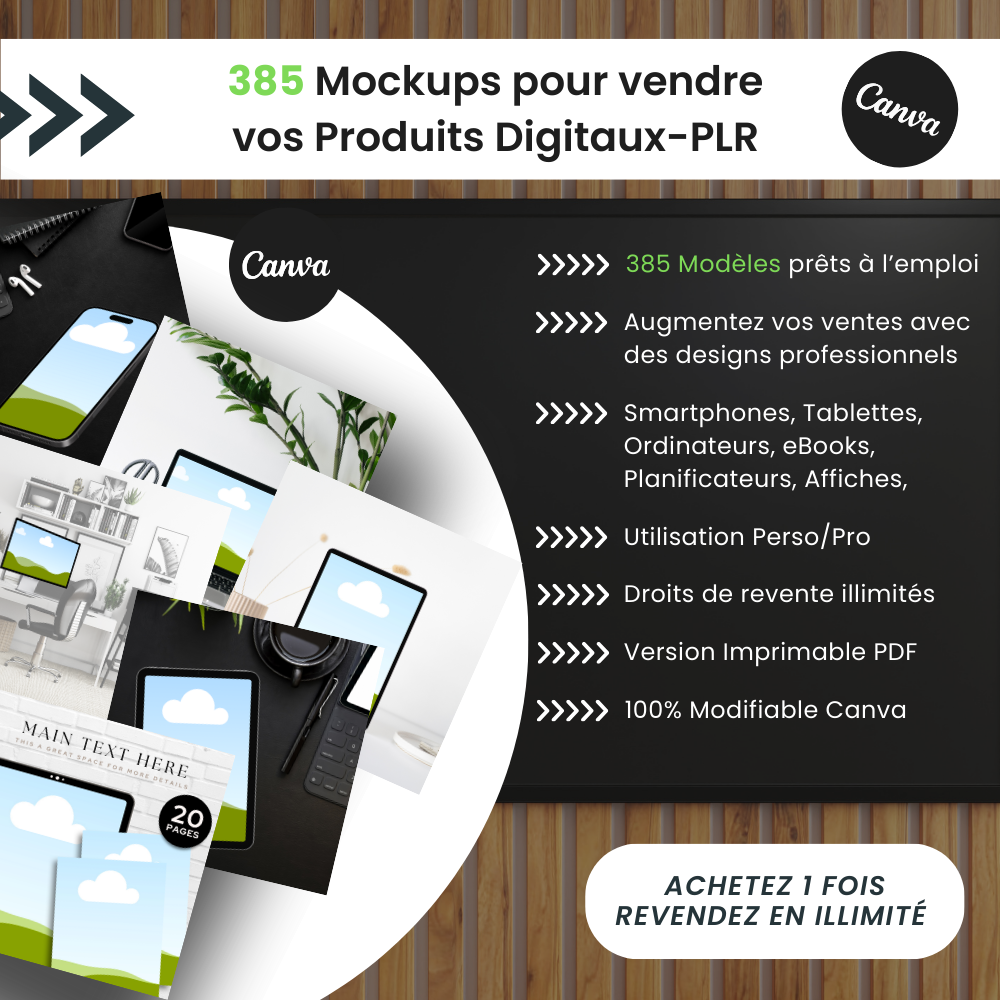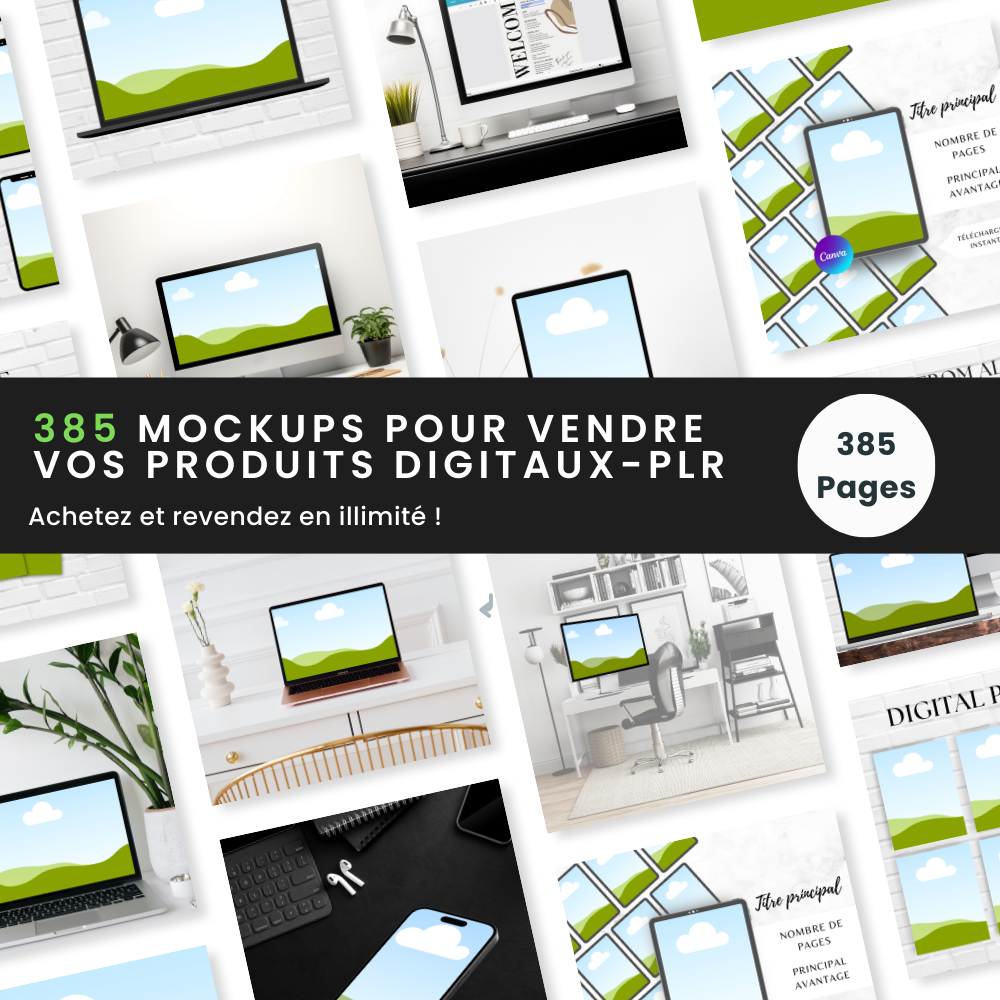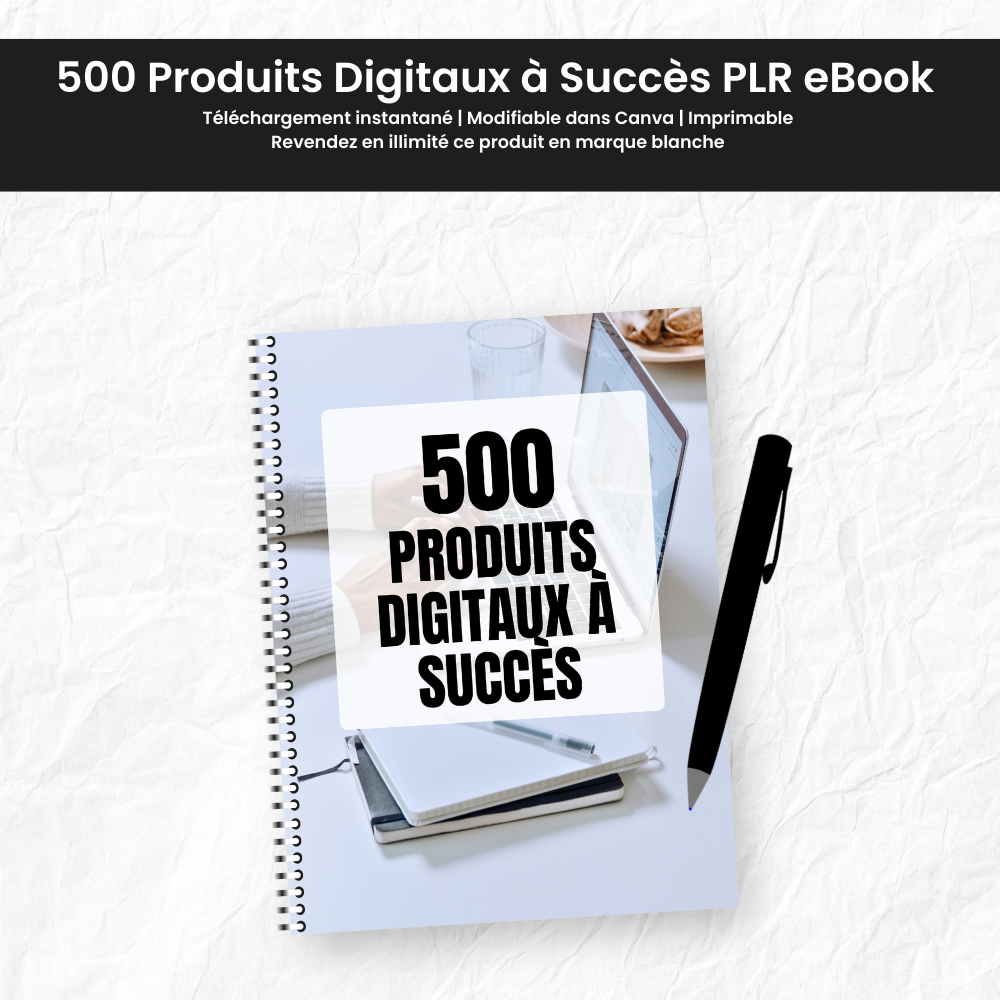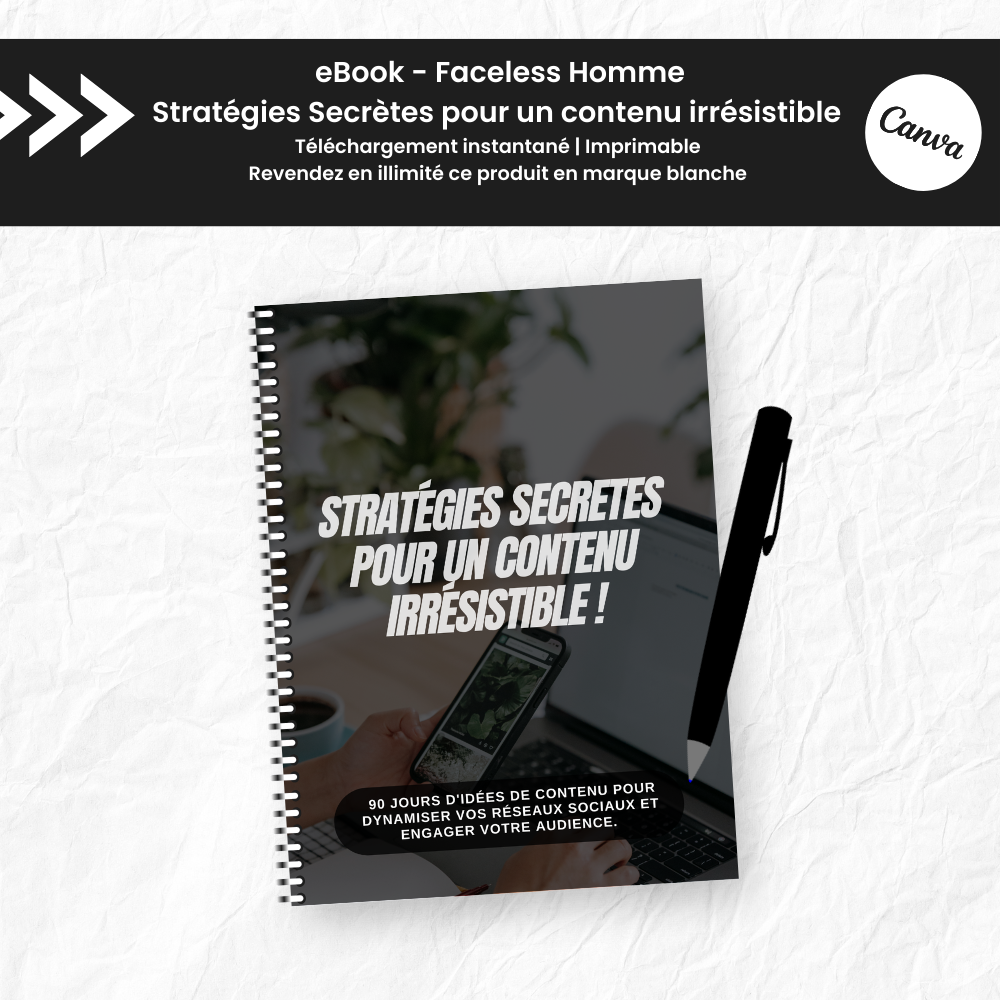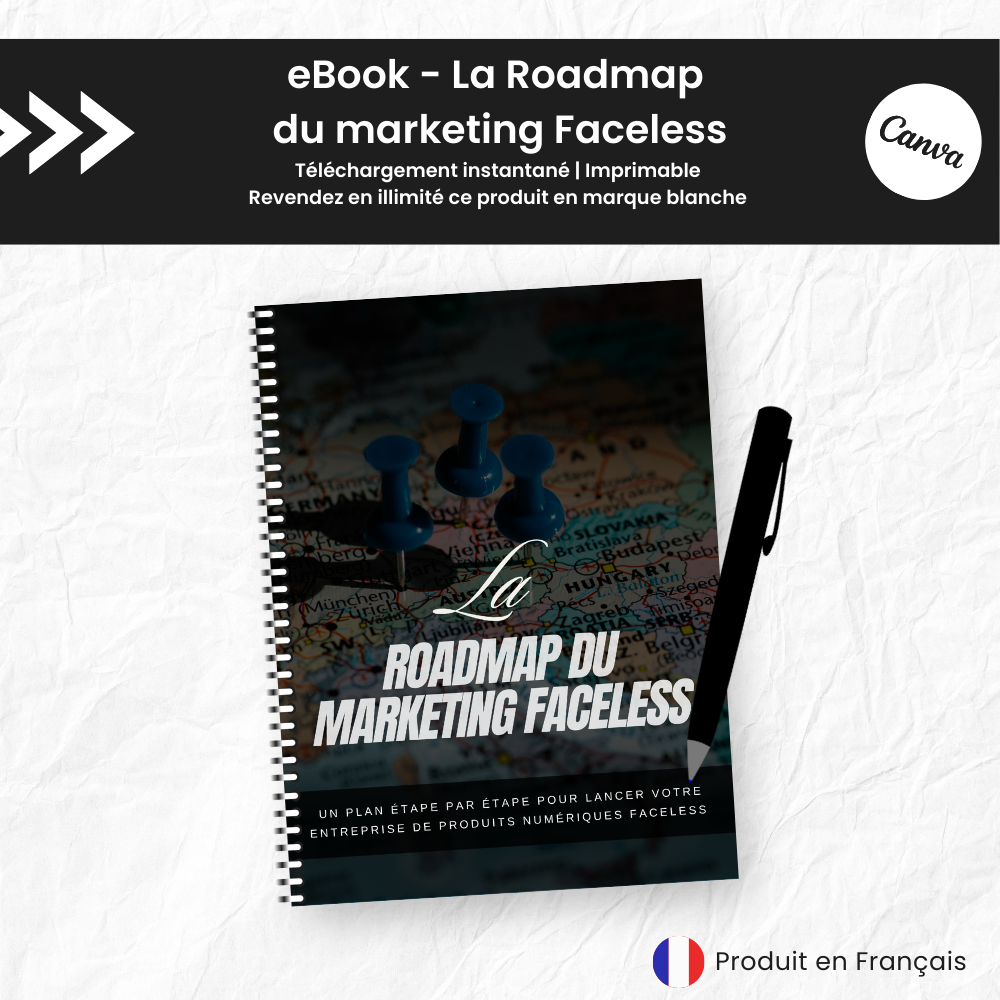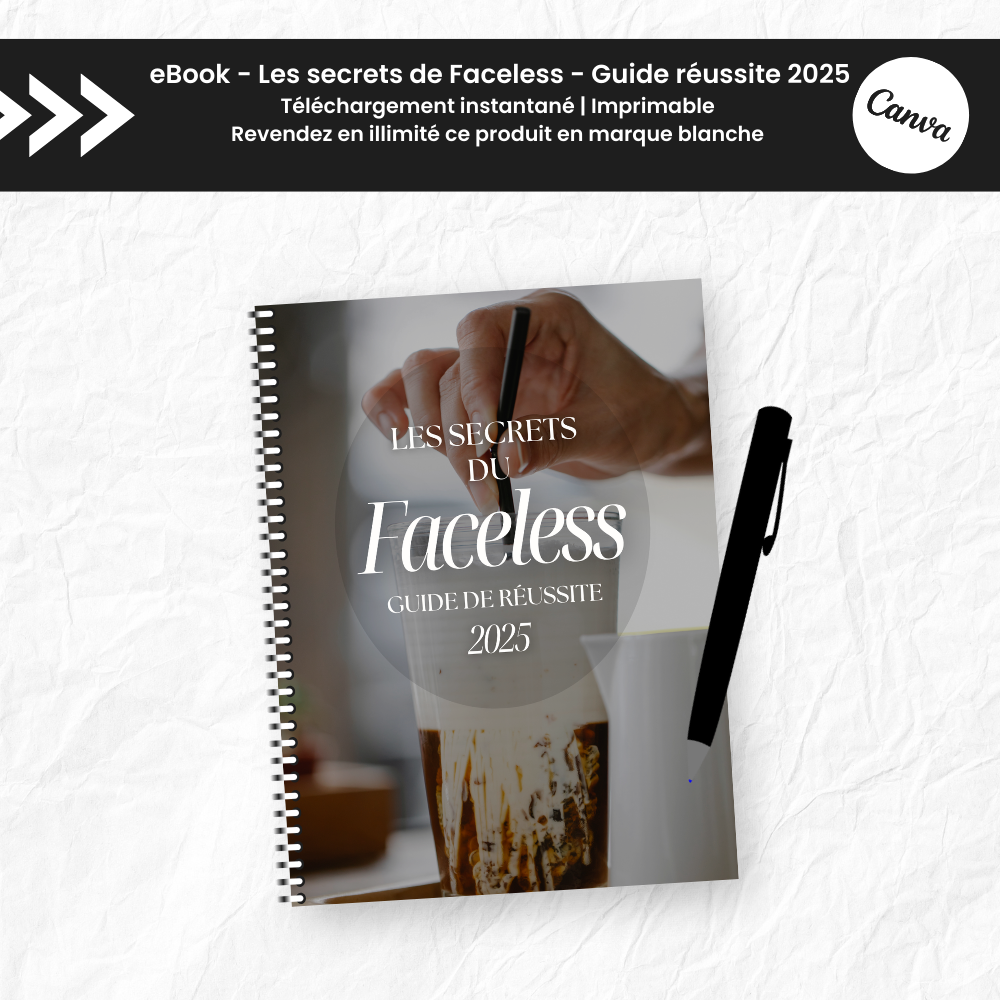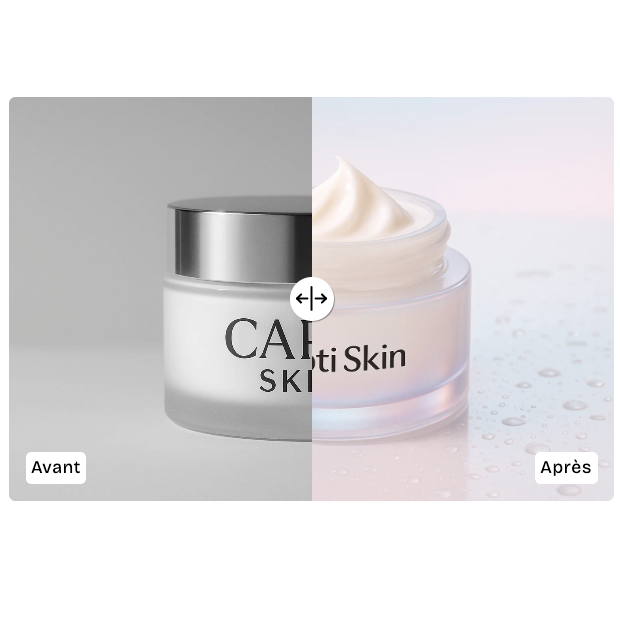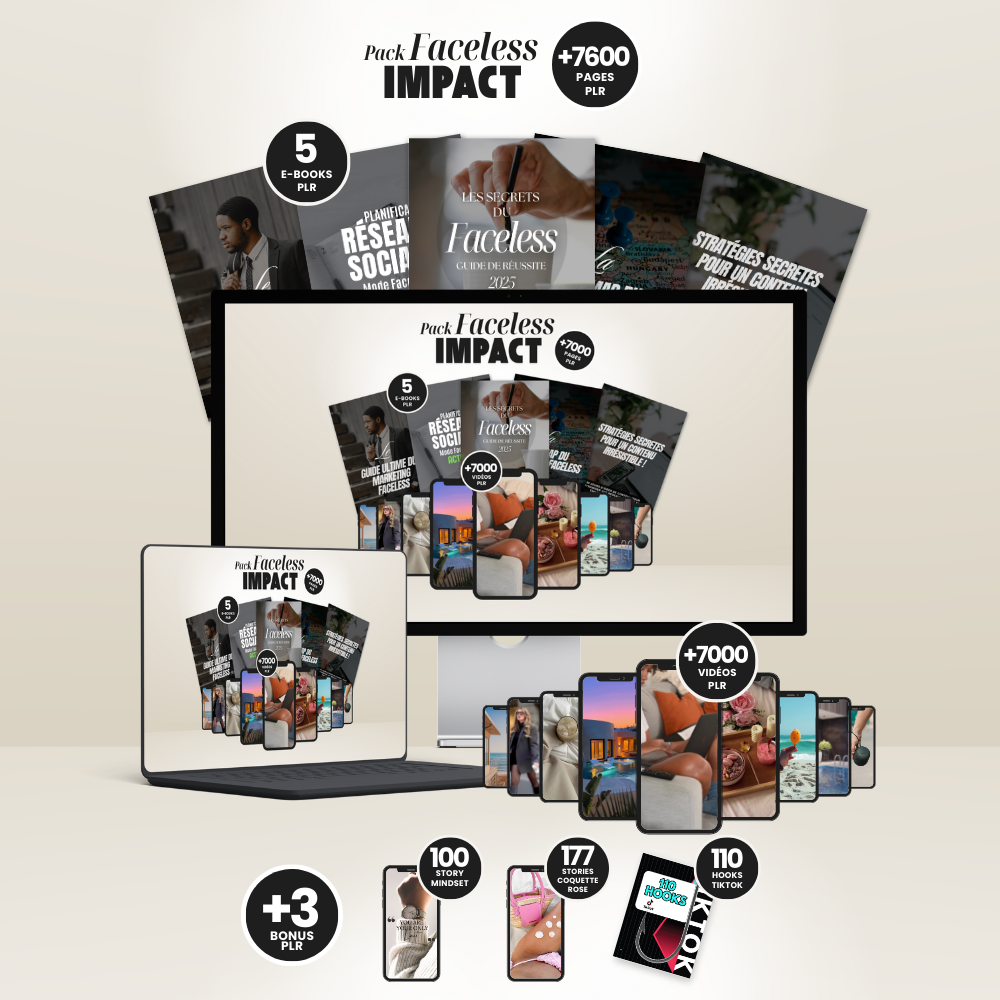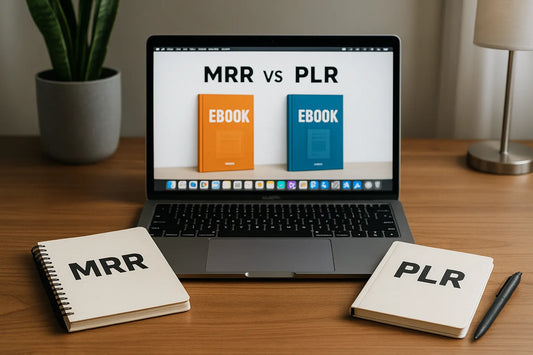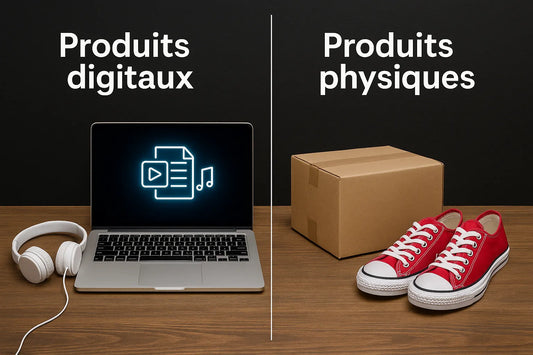An MRR product is a product that generates monthly recurring revenue (Monthly Recurring Revenue). It offers businesses financial stability and predictable growth.
Reading time: 12 min
Discover what an MRR product is, why it is essential for the sustainable growth of a business, and how to create your own recurring revenue offering.
- An MRR product generates a stable and recurring monthly income.
- It allows for better financial forecasting and reduces risks.
- Subscription models are the best-known examples of MRR.
- Creating an MRR product requires a customer-centric value strategy.
- It is a powerful lever for customer loyalty and growth.
Definition of an MRR product
A Monthly Recurring Revenue ( MRR) product is an offering designed to generate recurring revenue each month. Unlike a one-time sale, this model relies on customer loyalty and continued consumption of a service or product. Companies that adopt this model benefit from clear visibility into their cash flow and reduce their dependence on new sales.
Why are MRR products strategic?
The main value of an MRR product lies in the predictability of revenue . Instead of starting from scratch each month, businesses can rely on a guaranteed income. This not only facilitates cash flow management but also long-term investment planning.
Increased financial security
Companies that rely on MRR products are less exposed to seasonal fluctuations or economic downturns. Their revenues are automatically renewed, ensuring stability in resource management.
A powerful customer loyalty tool
A customer subscribing to an MRR offer makes a long-term commitment. This increases Customer Lifetime Value and builds a strong relationship based on trust and regularity.
Concrete examples of MRR products
MRR products are ubiquitous today. Here are some common examples:
- SaaS subscriptions: software billed monthly (e.g., project management, CRM, marketing tools).
- Monthly boxes: regular delivery of food, cosmetics or lifestyle products.
- Media subscriptions: streaming platforms or digital newspapers.
- Premium services: online training or exclusive content accessible via a subscription.

How to create a profitable MRR product?
Launching an MRR product requires a methodical approach. The goal is not just to generate stable revenue, but to offer consistent perceived value to customers. Here are the key steps:
1. Identify a recurring need
An MRR product must meet a regular need. Whether it's for entertainment, productivity, or well-being, the user must have a clear reason to remain subscribed month after month.
2. Define an attractive offer
The pricing structure and content of the offer must be tailored to the target market. A clear pricing strategy, combined with tangible benefits, increases adoption.
3. Focus on the customer experience
A subscription isn't enough: ongoing satisfaction is paramount. The user experience must be seamless, intuitive, and deliver real value.
4. Implement monitoring systems
Indicators such as retention rate, churn (termination rate) and customer lifetime value make it possible to assess the profitability of the MRR product and to optimize its evolution.
| Indicator | Definition | Utility |
|---|---|---|
| Churn | Monthly cancellation rate | Measures customer loyalty |
| MRR | Recurring monthly income | Calculate the financial base |
| LTV | Customer lifetime value | Evaluate long-term profitability |
- Churn: monthly cancellation rate, measures customer loyalty.
- MRR: Monthly recurring income, financial basis.
- LTV: customer lifetime value, long-term profitability.
Advantages and limitations of an MRR product
The MRR model has many advantages but is not without challenges.
The advantages
- Financial stability and predictable growth.
- Increased customer loyalty.
- Better valuation for investors.
- Opportunity to offer complementary services.
The limits
- Dependence on customer retention.
- The need for continuous quality monitoring.
- Increased competition in subscription markets.

Best practices for optimizing an MRR product
To maximize the potential of an MRR product, certain best practices are essential:
- Offering a free trial period to attract new customers.
- Create an engaged community around the product.
- Implement loyalty or referral programs.
- Regularly analyze customer feedback and adjust the offer.

FAQ
What is the difference between MRR and ARR?
MRR stands for monthly recurring revenue, while ARR (Annual Recurring Revenue) is annual recurring revenue. One is a short-term view, the other a longer-term projection.
Which sectors use MRR products the most?
SaaS, monthly subscription boxes, online media and training services make extensive use of this model.
How to reduce churn of an MRR product?
By continuously improving perceived value, offering responsive customer support, and personalizing the user experience.
Is an MRR product suitable for all businesses?
No, it is particularly suited to regular needs. Some one-off purchase activities are not suitable for this model.
Conclusion
The MRR product is much more than just a business model: it's a sustainable growth strategy. By offering consistent value and putting the customer at the center, it enables the building of a resilient and future-oriented business.
Ready to create your own MRR product? Identify your market, structure your offer and start an effective subscription strategy to generate recurring revenue today.

